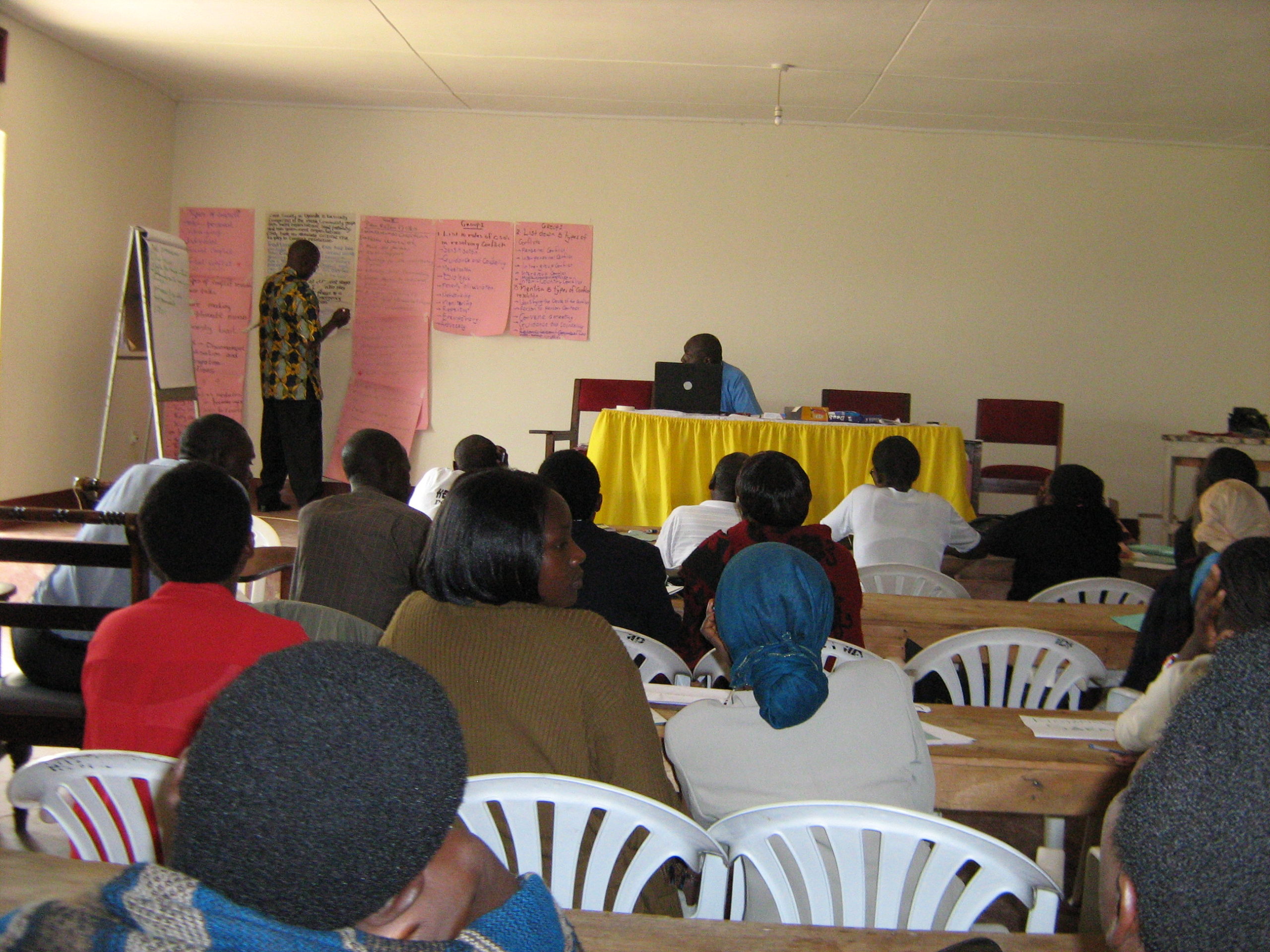
Malaria Prevention and Control Programme
- Client: BuildingX
- Status: In Progress
- Location: Martyrs Mall- Kira Road, Namugongo
- Building Area: P. O. Box 36048 Kampala Uganda
Today, malaria is responsible for more illness and death than any other single disease in Uganda. While those with low immunity- pregnant women, children under five years and people living with HIV/AIDS- are particularly vulnerable, all people living in Uganda are at risk of being infected with malaria parasites and suffering from resulting illness. In most parts of Uganda, temperature and rainfall are sufficient to allow a stable, year round (perennial) malaria transmission at high levels with relatively little seasonal variability. While tremendous progress has been made in the fight against malaria through the improvement of health system performance and increased public knowledge about malaria, increasing resistance to commonly used treatments is presenting new challenges to malaria control. JUHI main intervention strategies include:
a) Diagnosis and Case management
JUHI stresses the importance of increased public knowledge and awareness of the signs and symptoms of malaria, and prompt access to effective treatment. The two main components of the malaria treatment strategy are:
1. Facility Based Malaria Case Management and,
2. Home-Based Management of Fever (HBMF)
b) Vector control.
The control of malaria vectors remains one of the main malaria control strategies in Uganda. The Malaria Control Programme supports two primary interventions within this strategy: promoting and increasing the use of insecticide treated nets (ITNs) and increasing the prevalence of indoor residual spraying (IRS)
c) Intermittent preventive treatment during pregnancy.
Malaria in pregnancy continues to be a serious health risk for pregnant women in Uganda and is associated with increased risk for maternal anaemia and perinatal mortality. Isolated studies show that the prevalence of placental infection with Plasmodium falciparum malaria in pregnant women can be as high as 62.1% in some areas (Ndyomugyenyi et al, 1999). Although all pregnant women may be at risk of malaria, its complications are greatest in those with modified immunity such as primigravidae, secundigravidae, adolescents, immigrants/visitors from non-endemic areas and those infected with HIV. JUHI’s Malaria Control Programme is committed to controlling malaria in pregnancy through the Minimum Health Care Package. The three key components of the strategy are: intermittent preventive treatment (IPT), early diagnosis and prompt case management, and consistent insecticide treated net use for expectant mothers before, during, and after pregnancy
Other strategies for malaria control are
d) IEC and Social Mobilization.
e) Monitoring and Evaluation and Research
- Aenean varius ex ut ex laoreet Aenean fermentum.
